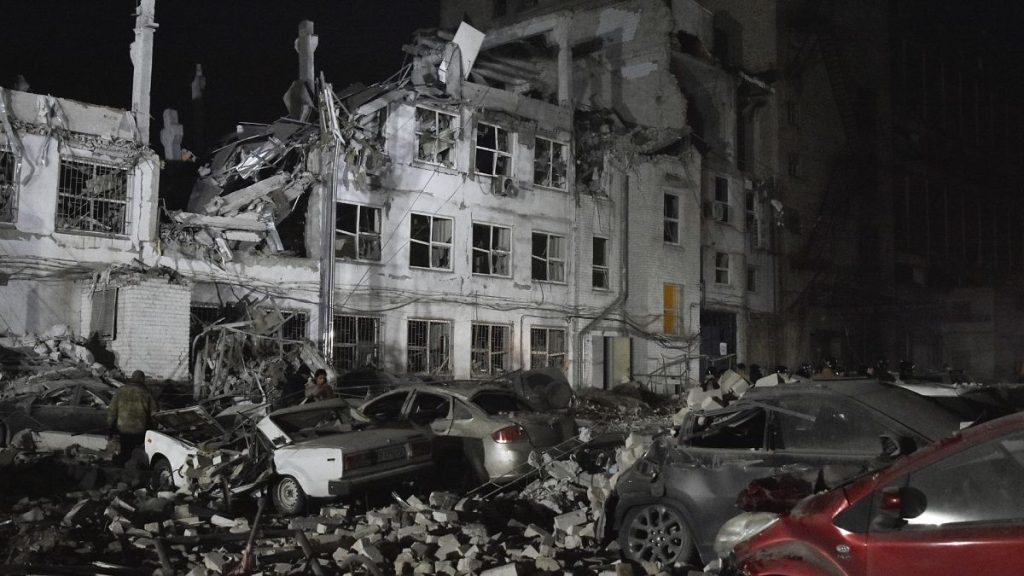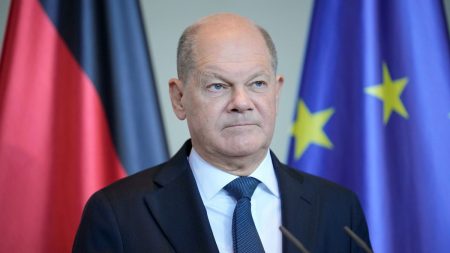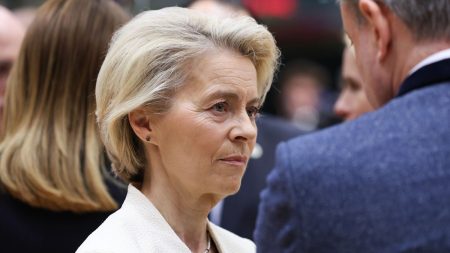The devastating missile strike on a private medical clinic in Zaporizhzhia, southern Ukraine, serves as a grim reminder of the persistent threat to civilian lives amid the ongoing conflict. Six lives were tragically lost, and twenty-two others were injured in the attack, which left two women trapped beneath the rubble for over seven hours. Their survival, made possible by their ability to contact rescuers with their mobile phones, amidst the devastation underscores both the resilience and vulnerability of civilians caught in the crossfire. The attack further highlights the urgent need for enhanced air defense capabilities to protect Ukraine’s population from such indiscriminate assaults. President Zelenskyy vehemently condemned the attack, renewing his plea to Western allies to provide additional air defense systems, emphasizing the life-saving potential of these resources.
President Zelenskyy’s appeal for more robust air defense systems underscores a critical aspect of Ukraine’s defense strategy. He stressed the disparity between Ukraine’s current air defense capabilities and the potential assistance available from its Western partners. Zelenskyy’s direct appeal, emphasizing that these systems “should save lives, and not gather dust in storage bases,” underscores the urgency of the situation and the perceived inaction of allies in providing adequate protection for Ukrainian civilians. His argument underlines the humanitarian imperative of deploying these systems to mitigate the ongoing loss of innocent lives due to Russian missile strikes. The President’s call to action highlights the crucial role Western allies play in bolstering Ukraine’s defense mechanisms and shielding its population from further harm.
While grappling with the aftermath of the Zaporizhzhia attack and advocating for enhanced air defense, Ukraine continued its offensive operations, targeting Russian-held territories. Drone strikes and missile attacks on industrial facilities in Bryansk and Taganrog, respectively, demonstrate Ukraine’s commitment to a multi-pronged strategy. These counter-offensives aim to disrupt Russian logistical capabilities and apply pressure on military infrastructure. The reported interception of drones by Russian air defenses in Bryansk also illustrates the ongoing challenges both sides face in maintaining air superiority and the escalating nature of the conflict. These strikes reflect a broader trend of escalating military engagements beyond Ukraine’s borders, signifying an increasingly complex and volatile dynamic in the region.
President Zelenskyy’s recent expression of openness to the deployment of Western troops within Ukraine adds a significant dimension to the ongoing discourse surrounding the conflict’s resolution. This proposition, coupled with his emphasis on a clear timeline for Ukraine’s integration into both NATO and the European Union, signals a desire for more concrete assurances from Western partners. Zelenskyy’s stance suggests a strategic move to solidify Ukraine’s security posture and hasten the process of aligning with Western alliances. This proposition raises crucial questions regarding the potential escalation of the conflict and the long-term implications for regional stability.
The potential deployment of Western troops within Ukraine carries significant geopolitical implications, demanding careful consideration from all stakeholders involved. Such a deployment could potentially alter the balance of power in the region, signaling a deeper commitment from Western powers to Ukraine’s defense. However, it also risks escalating tensions with Russia and potentially widening the scope of the conflict. Zelenskyy’s linking of this proposition with Ukraine’s aspirations for EU and NATO membership underscores the strategic nature of this move. It signals a desire for deeper integration with the West and a willingness to consider more direct military support in exchange for expedited membership processes.
Zelenskyy’s emphasis on a clear timeline for Ukraine’s accession to both the EU and NATO reflects a broader desire for certainty and tangible progress towards integration. This desire for a defined roadmap indicates Ukraine’s ambition to move beyond symbolic gestures and solidify its position within the Western alliance framework. By explicitly connecting troop deployment with membership timelines, Zelenskyy strategically links security guarantees with the long-term goal of full integration into Western institutions. This approach highlights the interconnectedness of security concerns and political aspirations in Ukraine’s strategic calculus. The call for clarity underscores the need for a unified and decisive approach from Western partners, emphasizing the importance of concrete actions and timelines to bolster Ukraine’s security and solidify its future within the Western alliance framework.














